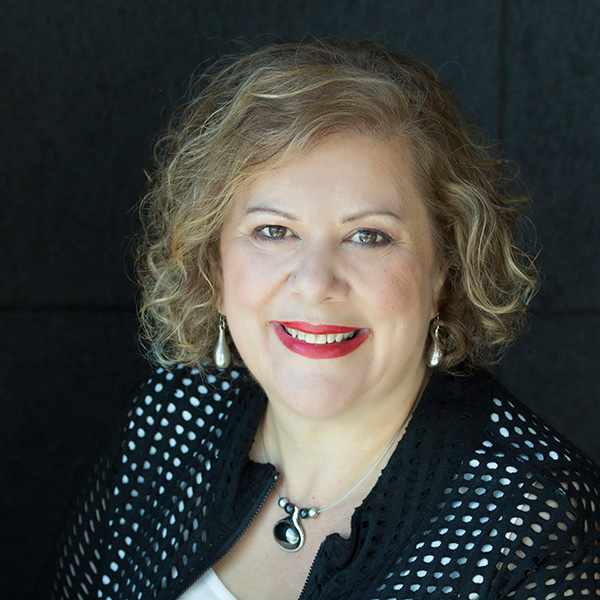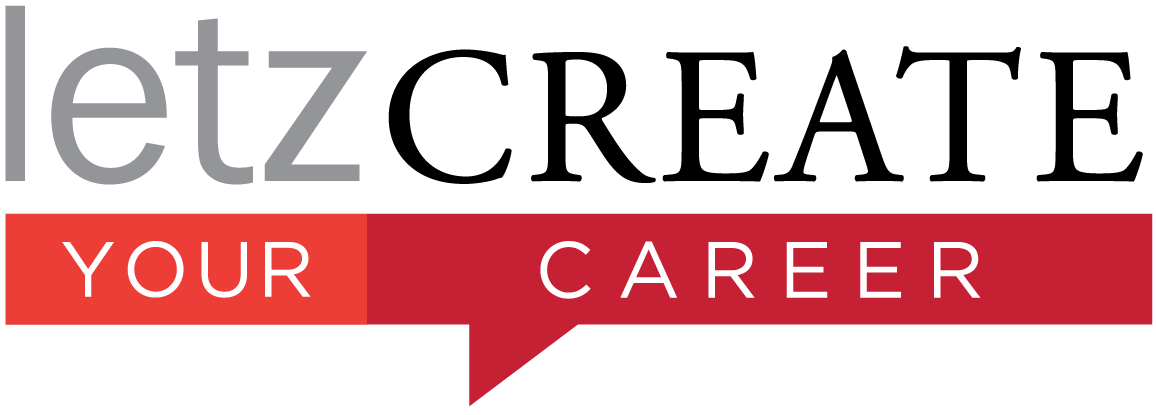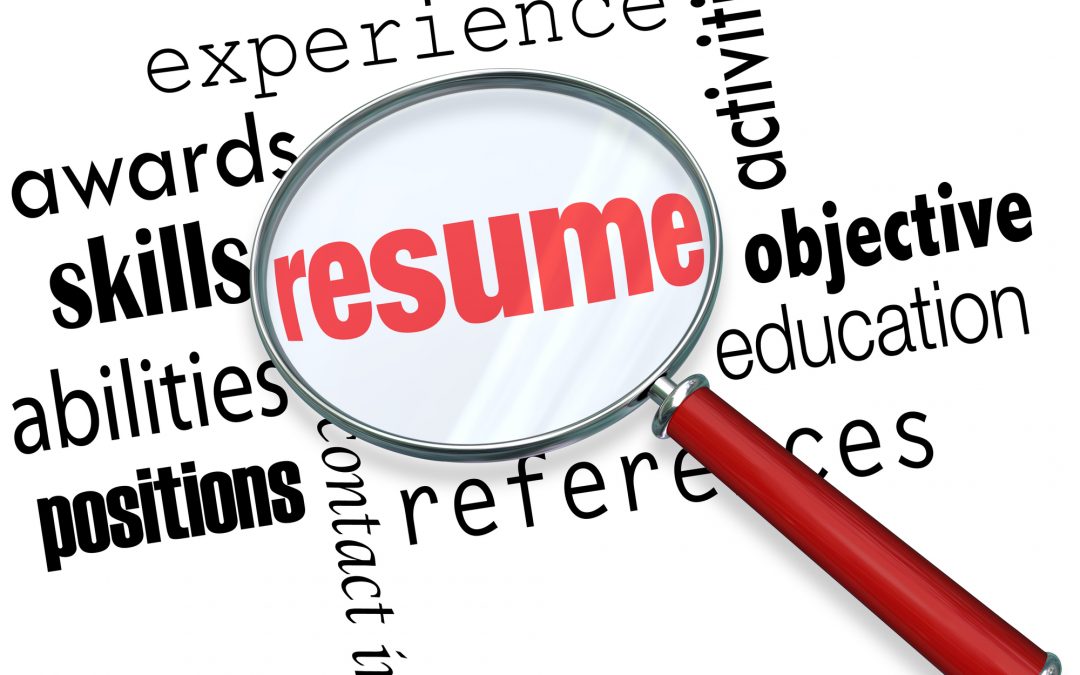Most people now understand that the Australian job market is highly competitive and that recruiters and hiring managers are spoilt for choice. As someone who works with professionals who are in active job search, I am asked so many questions about what it takes to write a resume that will help people stand out from the crowd.
To help you make your job application process less exhausting and more rewarding I’ve developed this comprehensive list of questions, and my answers, to set you up for success. Please share this with anyone you know who’s looking for a job and would benefit from these tips.
1. What are the rules for beginning a new resume?
Starting a resume can be overwhelming, so I recommend you start from where you can remember and begin to fill in the blanks. Most Word software provides a resume template, which is a good starting point for capturing your information in the right format.
SEEK provides a free resume template. Download it now.
It is essential when writing your resume that you understand who you are writing for. While you can have a master resume that you use as a template, it will need to be adapted for each new role you apply for. Expect to develop many versions of this resume when you are in active job search applying for multiple roles.
2. As a general rule, how many pages should a resume be?
Your resume should be 2-4 pages and must showcase all the relevant information.
3. Should you include a biography at the top of your resume?
A biography is important because it can grasp the reader immediately.
As a general guide, it should be no longer than 3-4 sentences encompassing:
- Years of service & industry
- Synopsis of types of responsibilities pertaining to the job
- What do you like to be known for – highlighting key attributes
4. How much detail should you go into when describing your past job experience?
The best way to answer this is to provide some essential do’s and a don’t.
Do:
- Highlight achievements wherever possible
- Include responsibilities written with metrics
- Provide the scope of the role (geographic, client/ industry type, no. direct reports, etc)
- Include the improvements / contributions / achievements in each role
- Highlight what is pertinent
- Adapt the job titles if they are not well understood industry terms
Don’t:
- Have unexplained gaps – create a career timeline to overcome gaps.
5. How many references should you list? Is it appropriate to list a reference’s email and not phone number – or do you need to include both?
Do not detail your professional referees in your resume at this stage of the job application process. These can be provided once you are successful in the interview process.
6. Are there other categories to put onto a resume?
This is a hotly contested topic and you will receive varying opinions across industries, and it will depend on whether you are speaking to recruiters or career coaches.
I’m often asked what is the best way to order each category. For example, should work experience come before education? If so, why is that important?
Categories can vary slightly by industry and seniority of role. As a general rule, I recommend you list them in the following order:
- Name and contact details
- Bio / Professional Summary
- Competencies relevant to role / job application
- Professional experience summary relevant to role / job application
- Career timeline
- Education
7. Is screening software used widely in Australia?
Yes, screening software is widely and increasingly used in Australia by recruiters and hiring managers. Screening software is also referred to as Applicant Tracking Software (ATS). This is a commonly overlooked element of the job application process for those who have not recently applied for work or are new to the job application process.
For those who have become aware of screening software, a common question is whether keyword optimisation is something that people should be considering when crafting their resumes. The bigger the recruitment firm or job search organisation, the more likely they are to use software screening. This means your resume must be either job key word rich or skills job search rich.
8. What are the main points of difference between a written resume and LinkedIn?
LinkedIn is not your resume. What you are addressing on LinkedIn is a higher level or more general version of what you want to be known for and who you wish to attract during your job search. LinkedIn is where you showcase your professional brand and includes key elements such as the About / Summary section that provides an overview of your experience, skills and personal attributes.
LinkedIn is search engine optimised, so it’s very important to use this online space wisely! You have 120 characters in the headline and 2000 characters in the About / summary section of your LinkedIn Profile.
9. In an age where resumes are commonly submitted digitally, is it important to format the file in any way?
The most common file format is MS Word. You may also be asked to submit your cover letter and resume is PDF format.
10. What do I need to know about the cover letter?
You should always write a cover letter to support your application, even when the job application does not ask for one.
11. Once you’ve perfected your resume, what strategies do you employ to keep it up to date?
Your resume is an ever evolving document that I recommend you keep up to date whilst you are in the job and not just when you are in active job search!
12. What are things to avoid at all costs when writing a resume?
I recommend you avoid:
- inaccuracy
- lack of detail
- spelling mistakes
- repetition
- inappropriate email address

I am a passionate Career Coach who works with individuals in the explore and search phase of their career journey, helping you realise your strengths through my career coaching and training programs. I enjoy showing people the path to greater career satisfaction and providing insight and tools to help you make your next career move.



